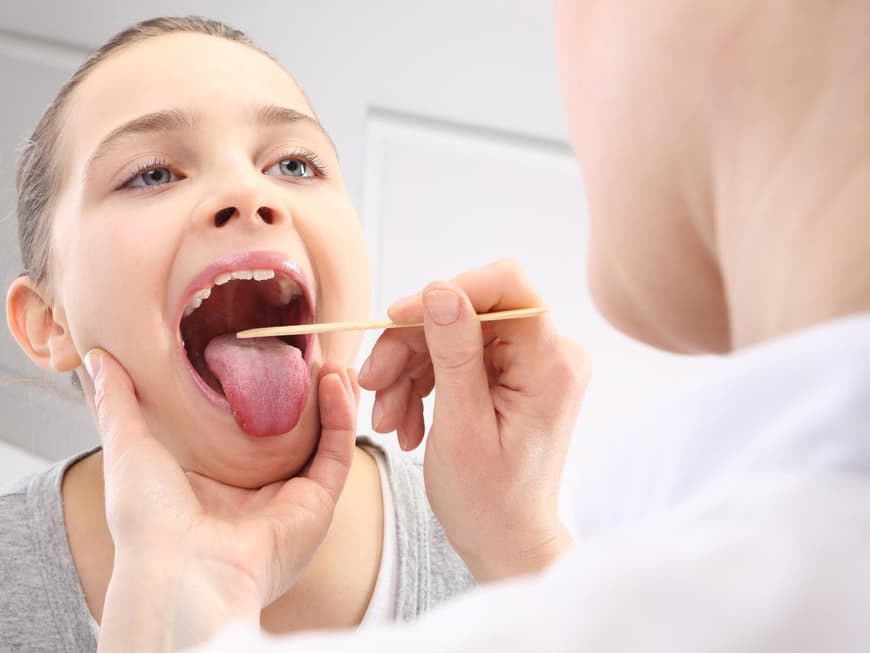
The tongue knows everything about our health: it is connected to the brain and the organs via four large nerve tracts, and it shows us through shape and color when something is wrong. The best time for self-checking is on an empty stomach, directly after getting up. Just stick your tongue out loosely in the mirror. Has anything changed? If you are unsure, it is better to see a doctor.
Whitish coating
Everyone has a coated tongue from time to time. This coating develops during the day from dead cells, microorganisms and the mini residues of what we have eaten. But sometimes this coating can also indicate thrush, a fungal disease in the mouth. A whitish, firm coating on the underside of the tongue can be due to increased production of horny cells in the mucous membrane - an indication of a precancerous condition.
Yellowish coating
If the coating on the tongue is yellow, this may be a sign of diseases of the liver, intestines or gallbladder. You can read more details in this article: Yellow tongue - what does the yellow coating mean?
Swollen and thick
If the tongue lies thick like a pillow in the mouth and expands so much that the teeth are pressed in at the edge, then the thyroid gland is usually producing too few hormones.
Map tongue
This benign phenomenon is so called because smooth pink patches are unevenly distributed like small islands over the tongue. This indicates hormonal disorders, but doctors have not yet been able to discover the cause.
Twisted veins
The blood vessels on the underside of the tongue are prominent and tortuous: this could indicate cardiac insufficiency, as the blood builds up in the body's venous system.
Raspberry tongue
The tongue looks like a thick raspberry, red dots are visible on the tongue and it feels like sandpaper. This is the first symptom of scarlet fever.
